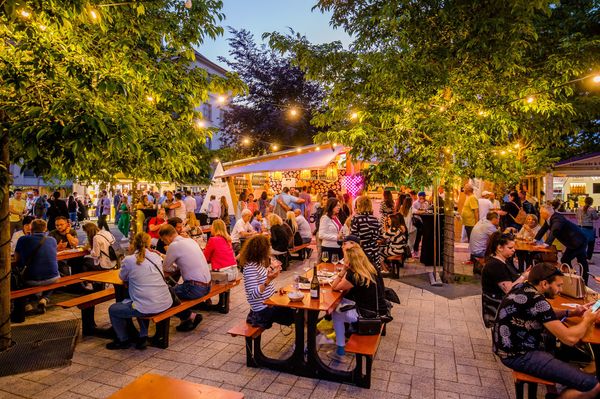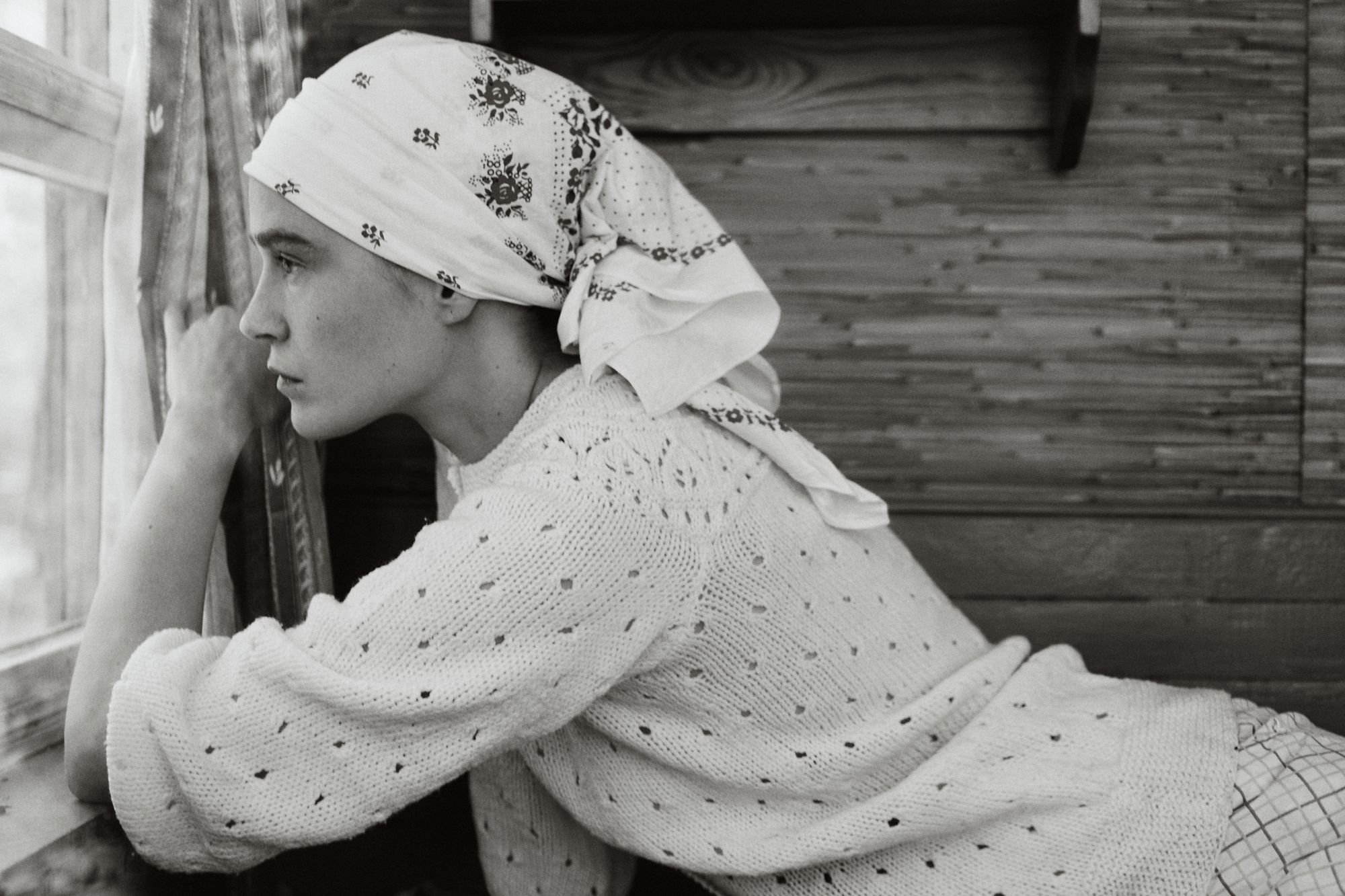If it is up to Nadiia Shapoval, Ukraine’s ancient and rural culture will not be forgotten. Her brand’s ars poetica is to bring these values to life in a way that is relevant to contemporary needs, because, as she says, people still live, love, and see beauty the same way they did in the past. Portrait.
What was your first experience with folk art?
I’m from Kyiv, which is a special spot on the map because it’s so vibrant and culturally rich, yet it bears the scars of history. As a child, I sang folk songs and danced folk dances until I was 14, when I suddenly decided to get rid of all of this kind of national thing and went very global. From avant-garde films and books, it took me quite a while to find my way back to my roots. I come from a very particular family, who rebelled against the Soviet regime, so as a child, I was very attached to the Ukrainian national liberation movement. I was born during the Soviet era, but two years later Ukraine became independent, so I grew up in an independent country. I was sure that Ukraine would remain free, and all our struggles would be a thing of the past. Unfortunately, now I have to experience the same situation as my ancestors.
You have worked as a model, where aesthetics are the main focus. Currently, your brand aims to draw attention to the beauty of Ukrainian ancient culture. How did you get here?
Actually, I studied journalism. I was the kind of crazy teenager who hung out with avant-garde artists from Kyiv. Once I started modeling for my friends, and then I started my trips as a model worldwide, I signed with a good agency, and it took me five years to get out of that business. Of course, those five years were very intense and modeling taught me a lot about hard work, about real life. So I came back at the age of 24 and decided I had to study, so I studied fashion business and brand management in Milan. After that, I returned to Ukraine again and started working as a stylist for different independent and Ukrainian magazines such as VOGUE and Harper’s Bazaar. The Ukrainian fashion scene was growing rapidly at that time.
I stopped all that at the age of 28 because I felt too creative for that and I didn’t really understand what I had to do. So just to make myself happy, I slowly started to return to my roots through my brand Nadiia, where I started making ceramic pieces. Slowly I turned to folk pottery forms and Ukrainian handicraft. I started restoring the forms, reworking them, and then rethinking and thinking a lot about Ukrainian crafts and different Ukrainian techniques. Gradually I got to the point of working together with local people. I realized that my work became much broader than just a brand. That’s how I ended up becoming a creative director—you could say I’m just a liaison. The person who connects Ukraine with the international world. I try to embrace Ukrainian crafts, to help Ukrainian people, and explain to the world what Ukraine is.
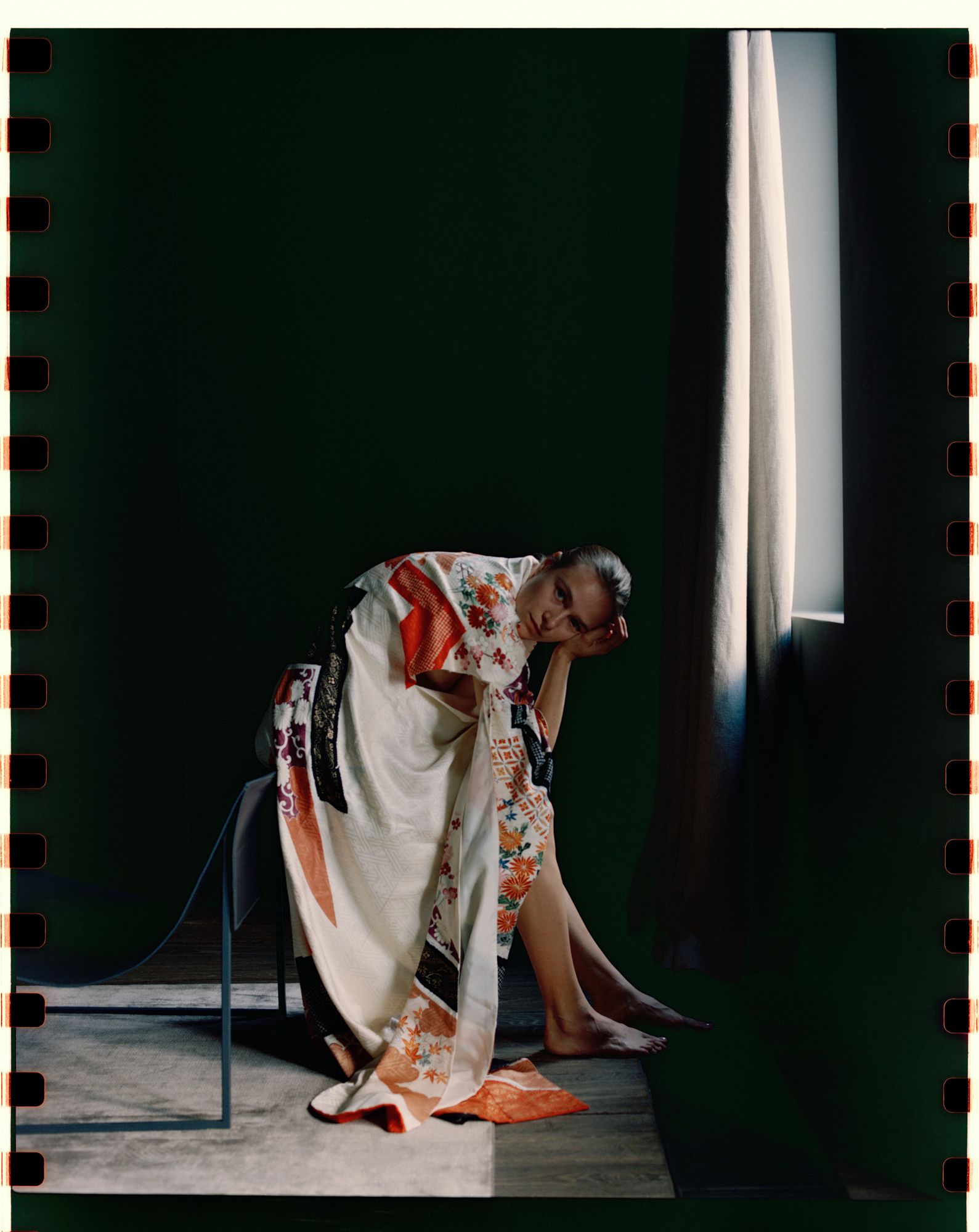
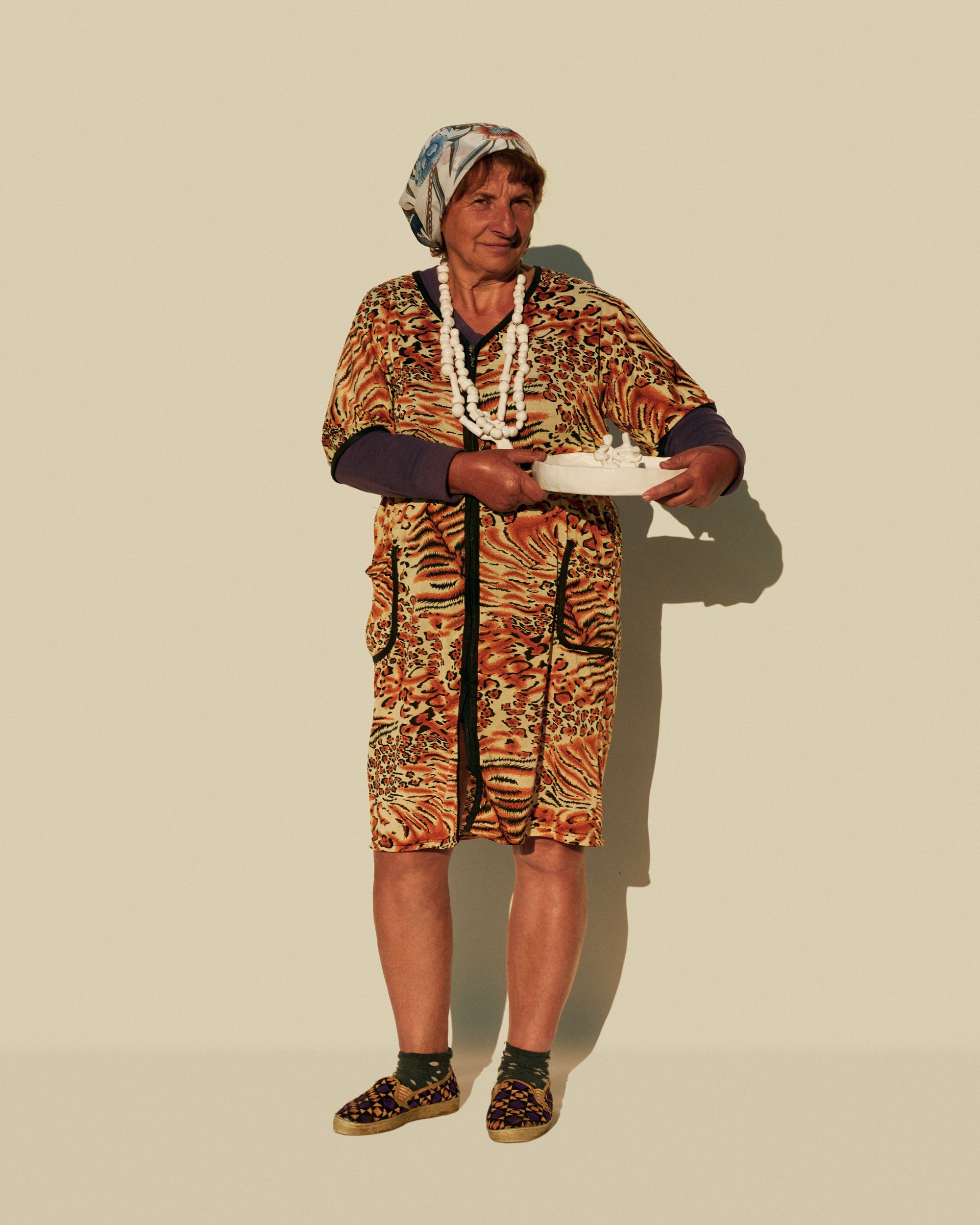
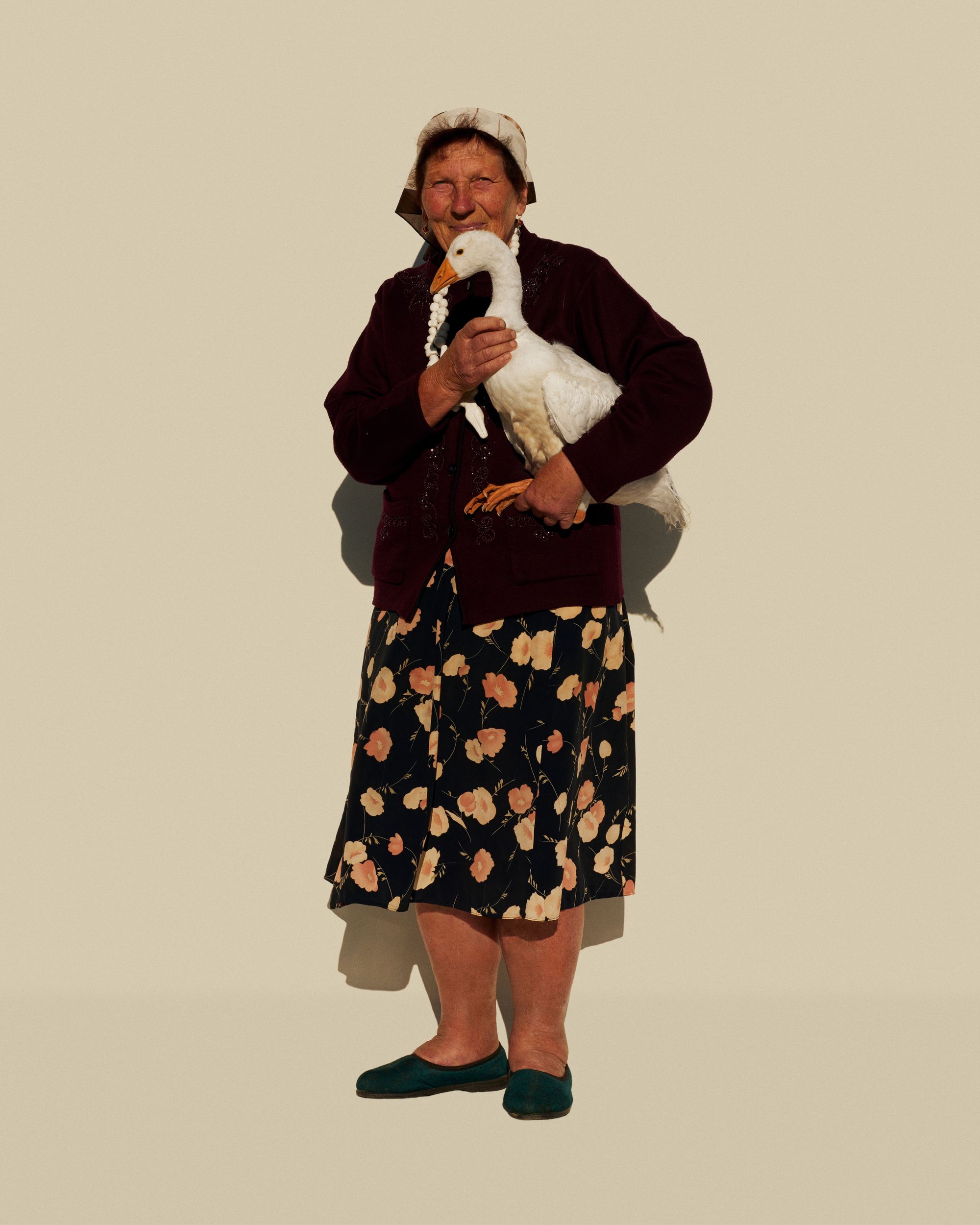
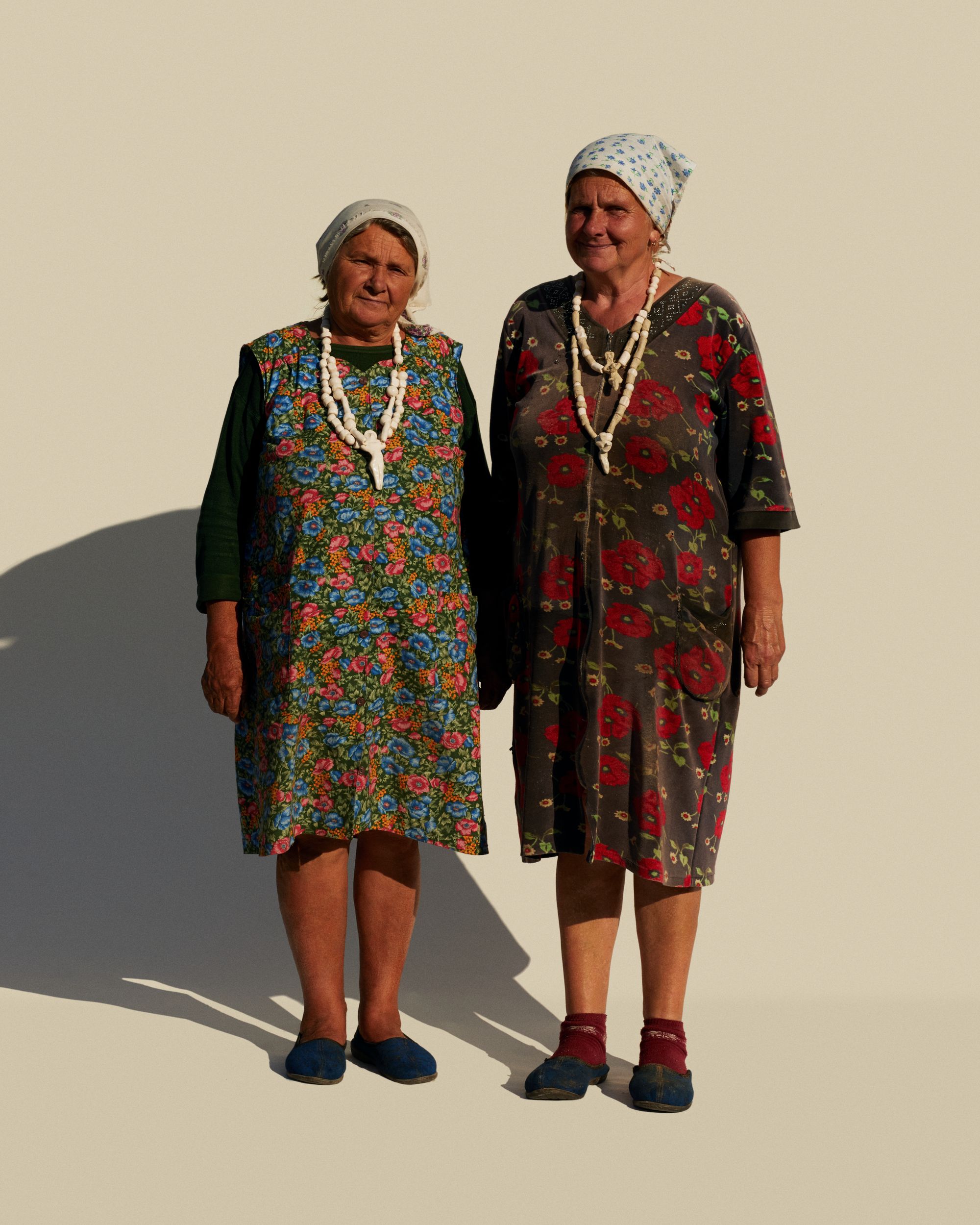
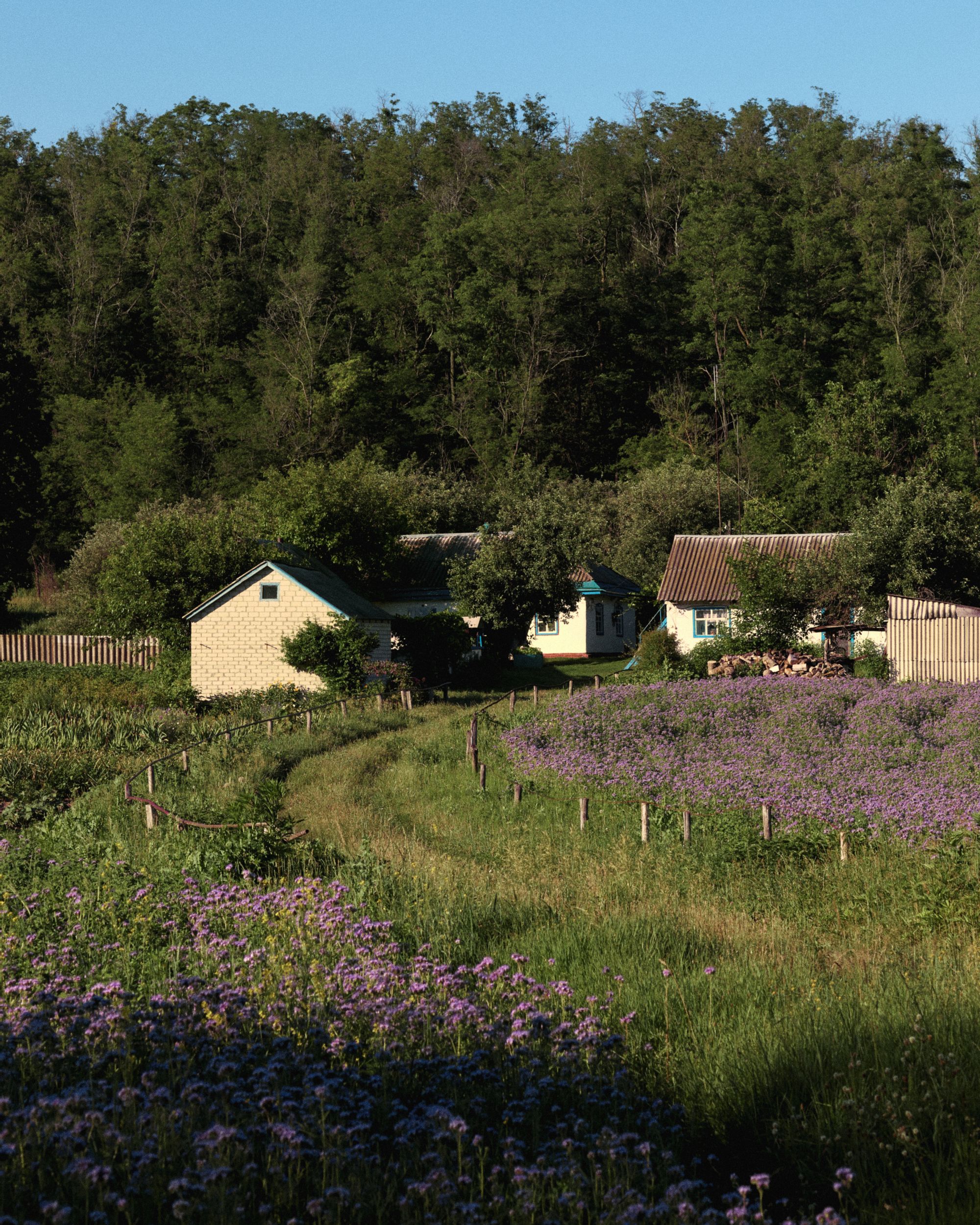
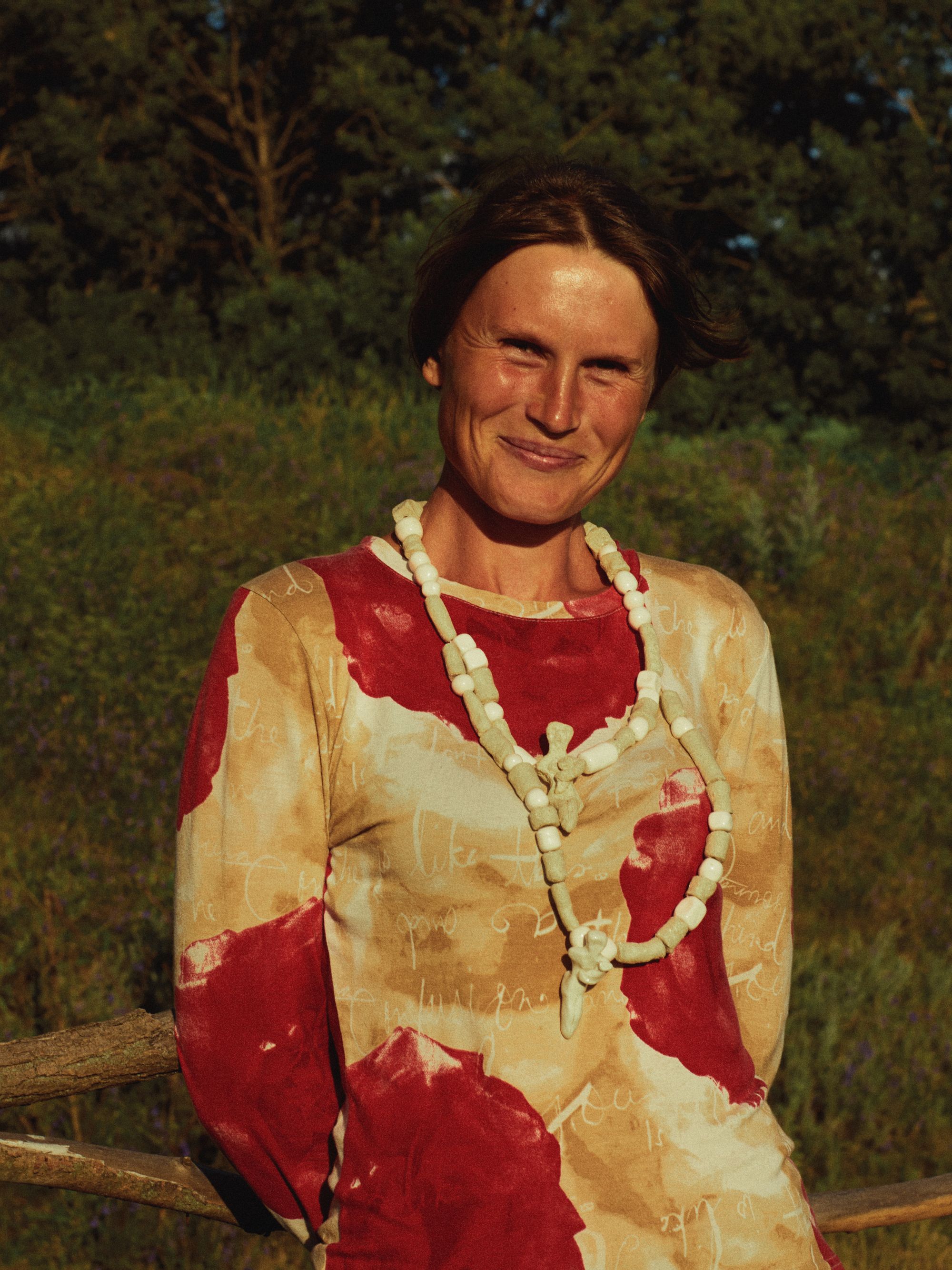
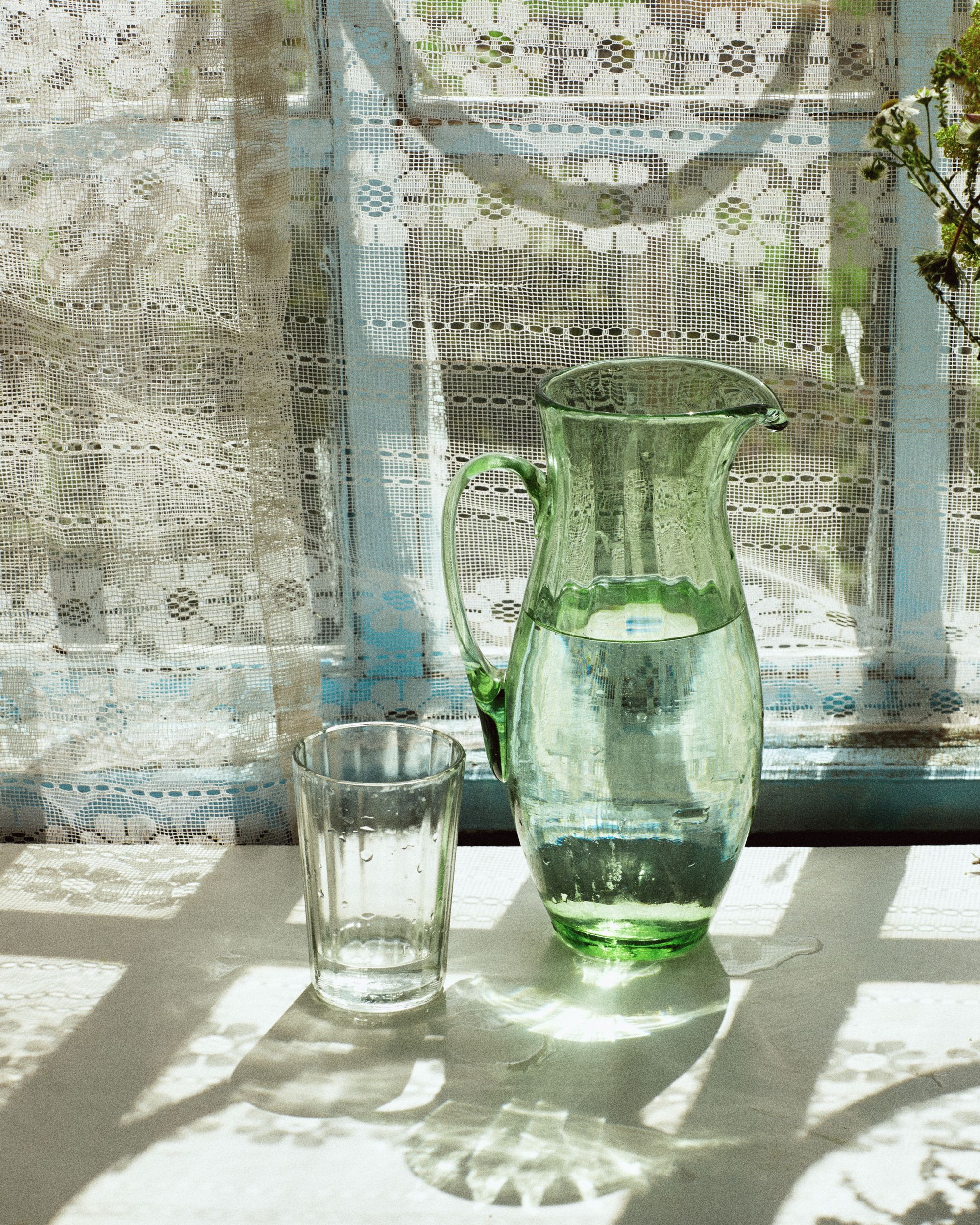
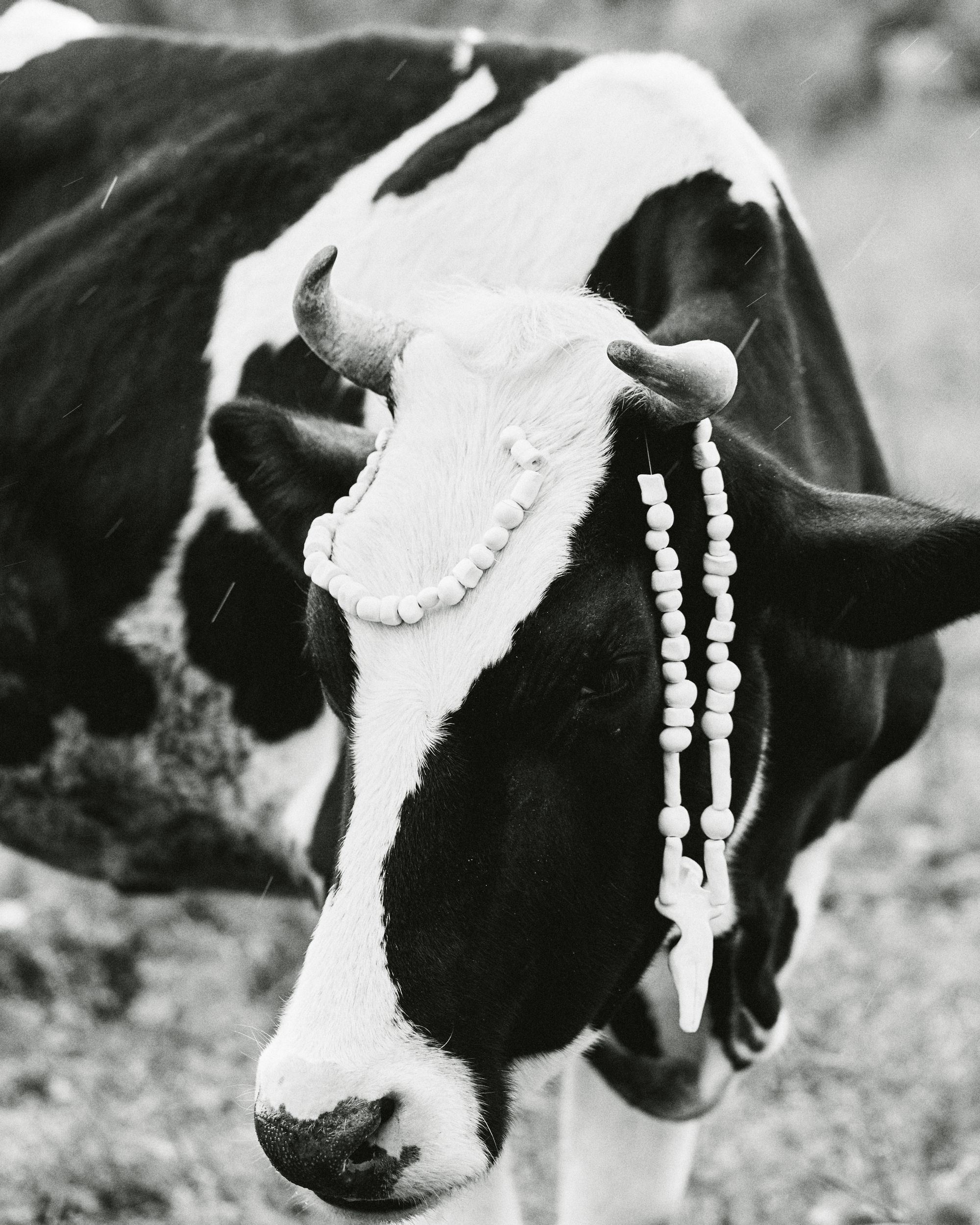
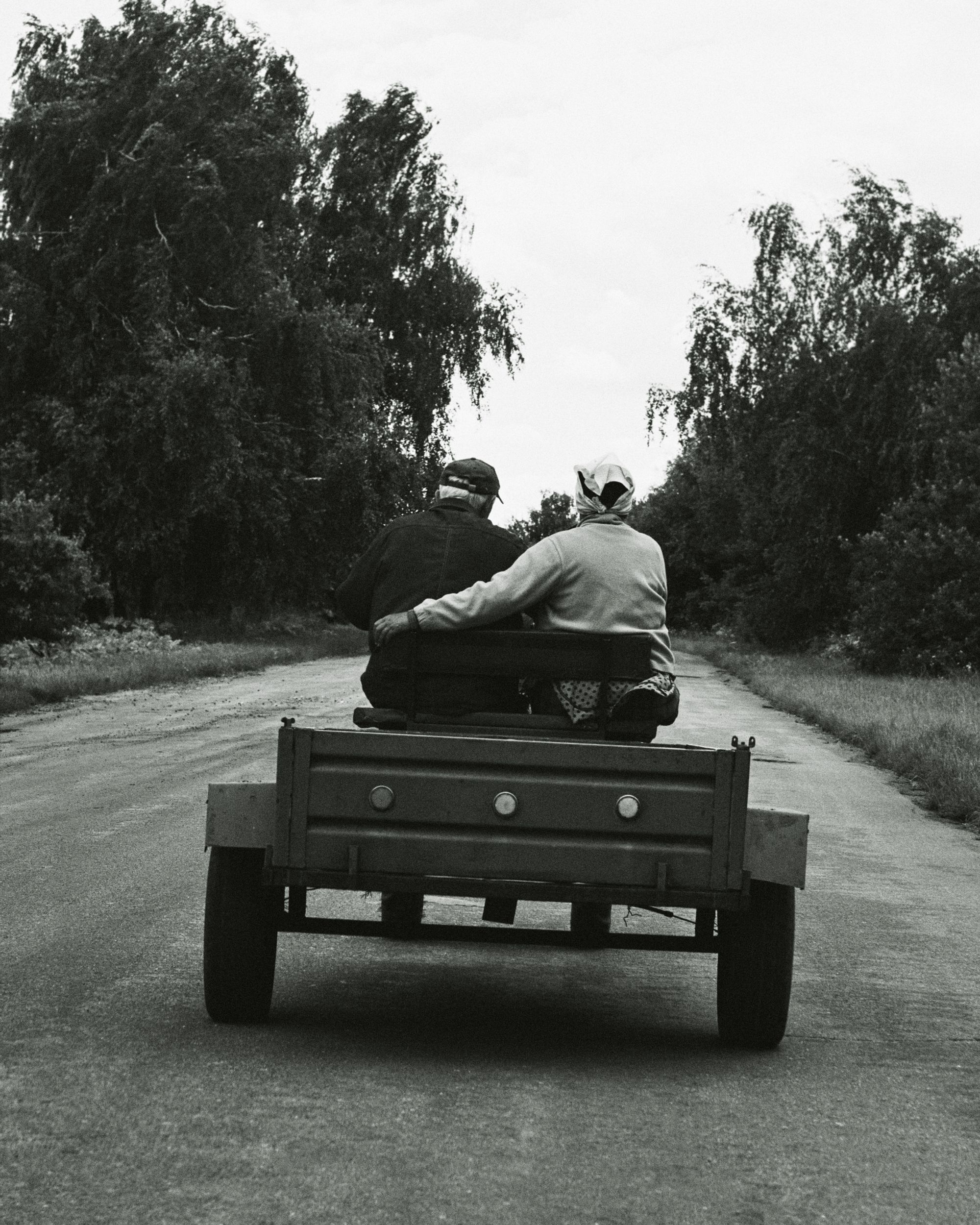
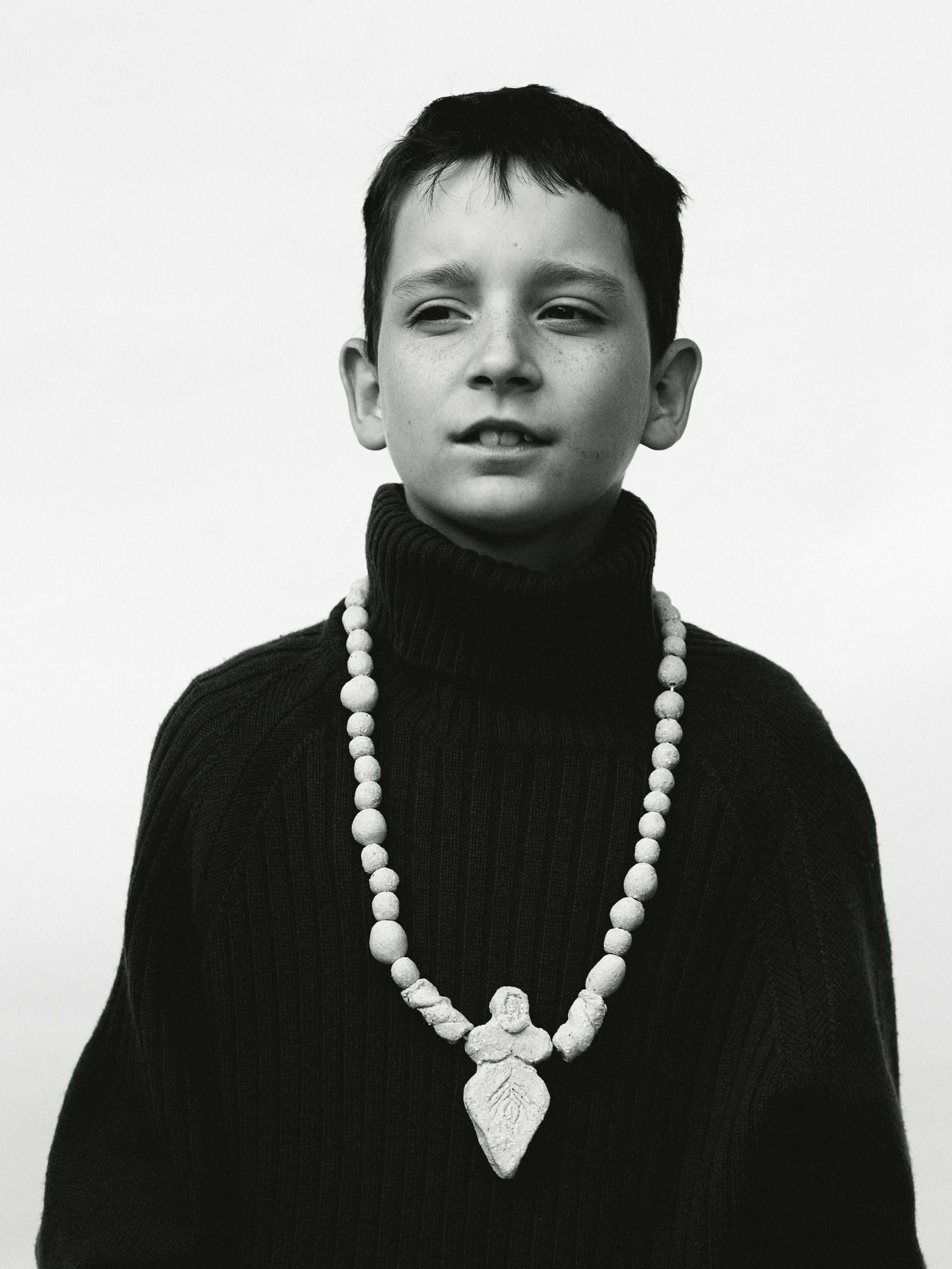
You have a great ability to see the contemporary potential of ancient cultural heritage. Have you ever studied ethnography, or are you self-taught and go by instinct?
Thank you, I have actually learned it on my own. It was like doing a complete research to try to get an answer to the question: “Who am I?” So I started this expedition, I went very deep into this subject, which would take more than a lifetime to understand. It led me to archaeologists and scientists. Archaeology was the closest to me because it’s a science where you understand that the people in your homeland were actually just like you. Sure, they didn’t have the gadgets and technology, but the feelings, the objects, the beauty were there. I feel like I need to show people that this is a really exciting, really cool thing. So I started communicating with experts, talking to them, organizing expeditions, going to museums, and so on, based on my interests.
I noticed that Ukrainian folk heritage is often represented in the contemporary fashion industry. This was already the case before the outbreak of the war and before the conscious expression of identity. What do you think is the reason for this? How can you make people see the real values and not the kitsch?
Ukraine had endured three centuries of imperialism under the Russian Empire. So our Ukrainian heritage was completely banned, we were always treated like peasants, denied our language, and people were put in prison. So during times of independence, this is a normal process—and it is very good to see—that people are trying to reconnect with the past, to understand who they are. Although sometimes I do get upset when I see people tackily reworking our embroideries, cutting them short, or trying to sell them abroad. It’s sad on the one hand, but on the other hand, as a researcher and as someone who tries to look at the process from the “back”, I understand that it’s perfectly normal, because all people try to reinterpret their ancestors, but not everyone is good at it. Of course, we have to educate, explain and help how to do it well.
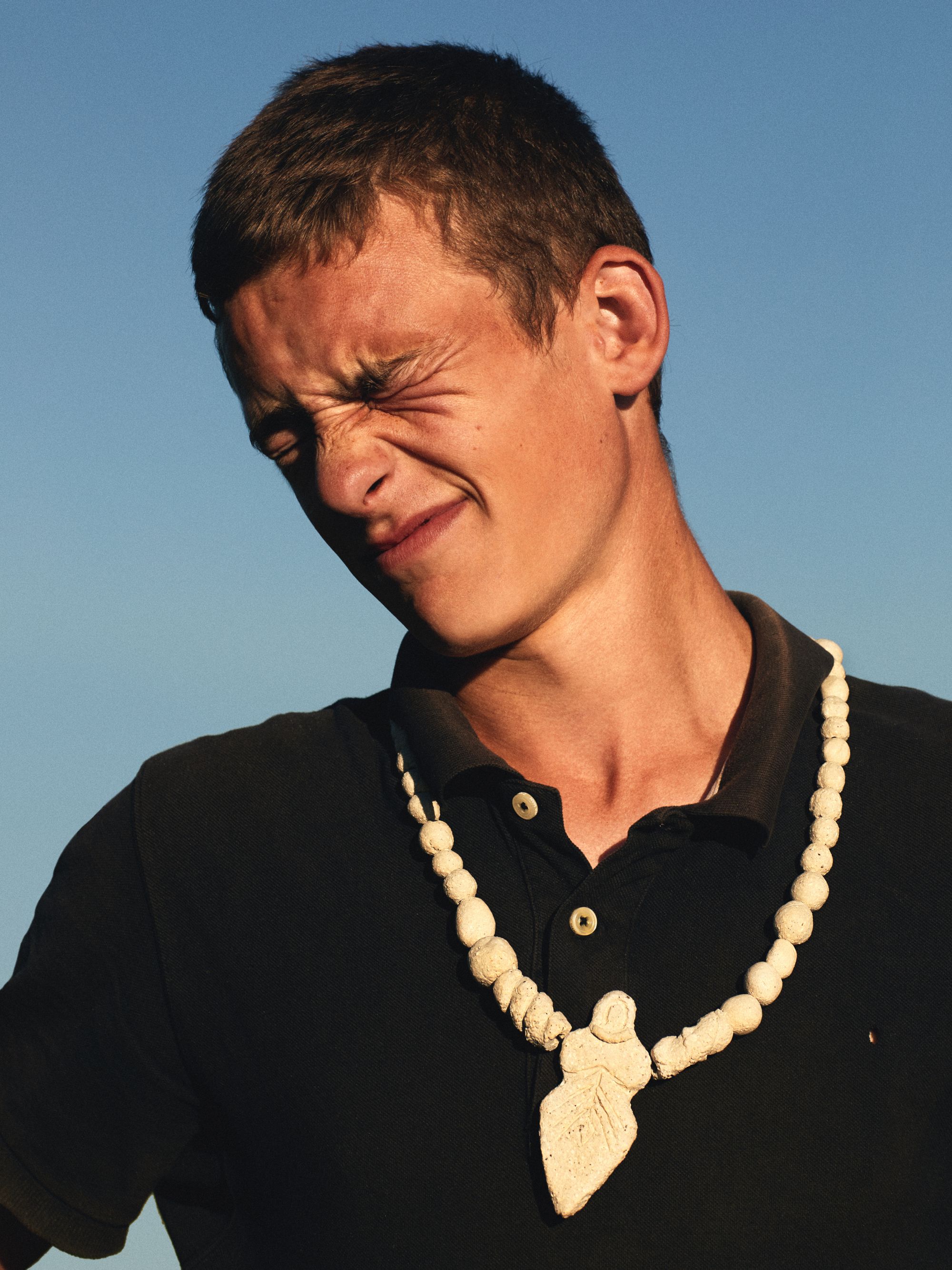

You do a lot to keep handicrafts alive, and part of that is thorough research. How do the elderly villagers receive your interest, and you showcasing it on Instagram?
I try to show everything I see. So it’s just an honest, poetic view of everyday life. I try to preserve what’s left and increase the interest of local Ukrainians and foreign researchers. I would like to bring different people to Ukraine who can help increase interest in our crafts. This way, maybe young people will also start making crafts, that is my goal.

You were the main curator of the ethnology section at the recently organized Ukrainian creators fair, i am u are, which is a great honor. What was it like to present Ukrainian culture in New York? What experiences did you gain?
It was a truly wonderful experience, especially because it was my very first job as a curator and I was able to show my vision, and what I have been doing for the last almost seven years. It was also great to have a chance to present a very special object that I had found in Uman, in the middle of Ukraine. It was a statue of Venus from five thousand years ago, this was the first time it had been abroad, and it was a huge success. It was a tremendous opportunity to present our several-thousand-year-old culture to the Americans in New York during wartime. The i am u are project brought a lot of interesting feedback and great contacts for our artisans. And this is just the beginning!

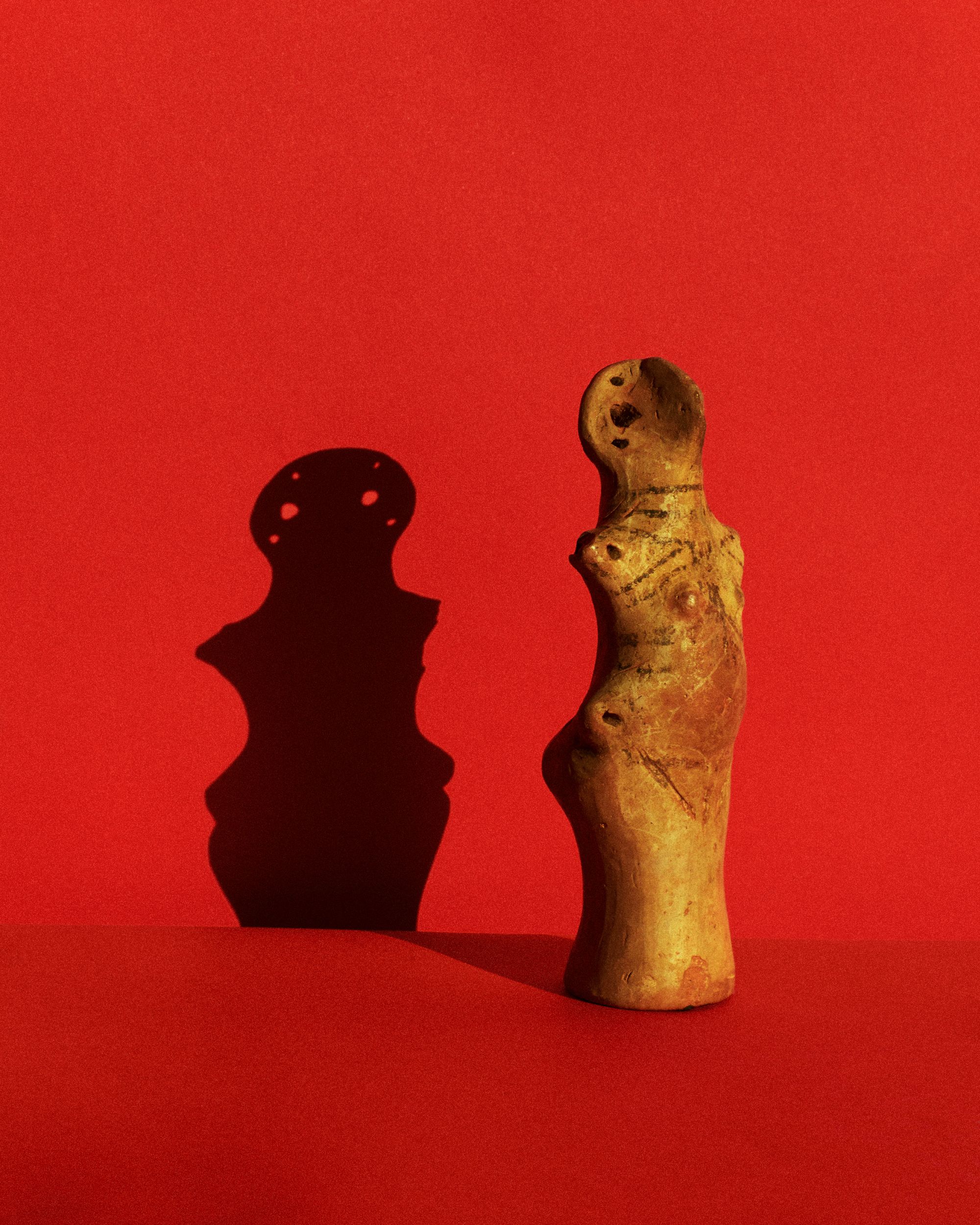
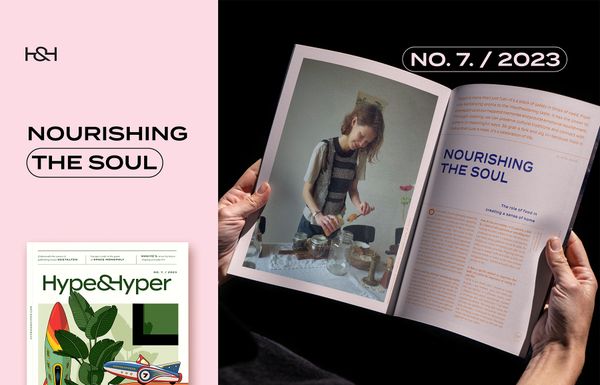
Nourishing the soul | The role of food in creating a sense of home

You only have to wish—Sweet City
